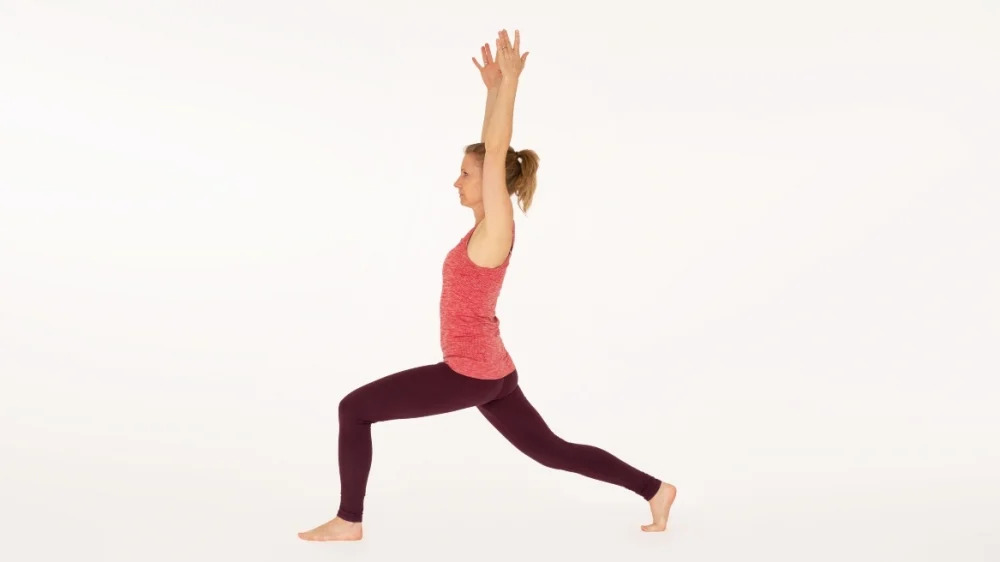Inversions like headstand can be scary and daunting. They require a lot of mobility in the lower body, stability in the core, and strength in the upper body. And because you find yourself upside down, it’s normal to feel confused and disoriented the first several times you practice them. There are many yoga poses to help prepare you for headstands.
Contrary to its name, your headstand (whether Sirsasana A or B) does not entail putting all your weight on your head. You need openness in the hips, stability and control in the core, and strength in the shoulders. In fact, maybe only a tiny fraction of your weight should be on your head at all.
Here are several yoga poses to help prepare you for headstand.
1. Mountain Pose
As simple as it looks, mountain pose is really just your headstand performed standing up. Tadasana helps your body familiarize with the muscular engagement and control needed to come up into and sustain your headstand.
Stand with your feet as wide as your hips. Actively ground the soles of your feet onto the mat, evenly pressing down across the corners of each foot. Keep a soft bend in your knees, and engage your thighs. Feel your quadriceps firm up into your hamstrings, and your inner thighs roll into the midline.
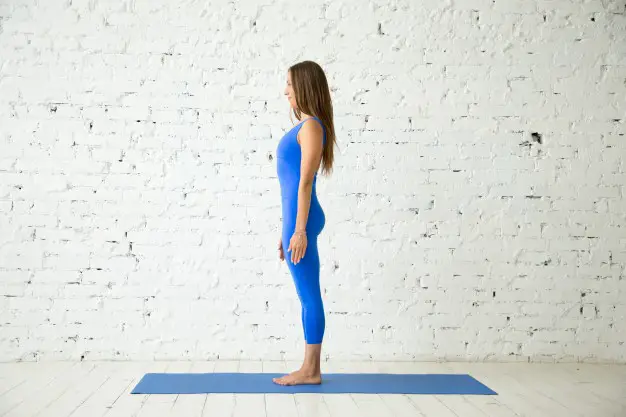
Hug your lower belly in, and zip up your abdominals up to the ribcage. Open your chest by spreading the collarbones wide. Roll your shoulders away from your ears. Lengthen the crown of your head.
As you stand tall, become aware of how your body feels and how each muscle is activated. Tell yourself that muscular engagement that you feel in this pose is similar to that of headstand.
Try raising your arms up–this will let the ribs puff out (which tends to happen in an inversion). Hug your ribcage in to already practice stabilizing your core.
2. Crescent Lunge
Having a strong core should help you sustain a stable headstand. From your downward facing dog, step your right foot forward. Squeeze your inner thighs and reach the arms up as you come upright.
Stay high on the ball of your left foot, while you ground down onto the sole of your right foot. Keep your right knee on top of your right ankle. Engage your left quadriceps and your right hamstrings. Hug your inner thighs together.
Again, zip up the lower belly and hug your rib cage in. Notice if your lower back is overly arched. Lengthen the spine by drawing the tailbone down, relaxing the trapezius, and reaching the fingertips higher.
Repeat this pose on the opposite side.
3. Tree Pose
Before you balance on your arms and shoulders, learn to balance on one leg first! Shift your weight onto your left foot, and lift your right foot off the ground. Place the sole of your right foot onto your inner shin. If this is quite easy for you, challenge yourself by moving the sole of your right foot up the inner thigh.
Now, actively press the right foot against the inner shin or inner thigh. Resist this force by actively engaging the shin or thigh and pressing it against the foot. Draw the tailbone down as you lengthen the sides of the waist up.
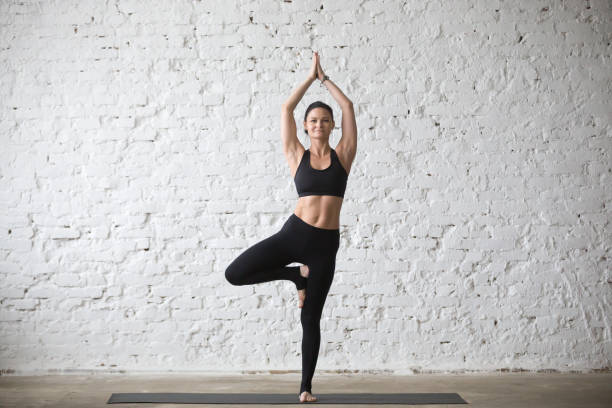
You can keep your hands in prayer in front of your chest, or reach the arms up to the sky. Keep your core engaged.
To exit the pose, simply revolve your right knee forward and then simply set it down on the mat. Take a breath, then repeat the shape on the next side.
4. Wide Legged Forward Fold
Stand with your feet wider than your hips, with the inner edges of your feet parallel to one another. Draw the tailbone down, lengthen your spine, then hinge at the hips as you fold forward. Take both hands down onto the mat, aligning your wrists underneath your elbows.
Shift your bodyweight to your toes, as you feel the heels of your feet lift off slightly higher. Keep your core engaged, and familiarize yourself with the sensation of having slightly more weight on your arms.
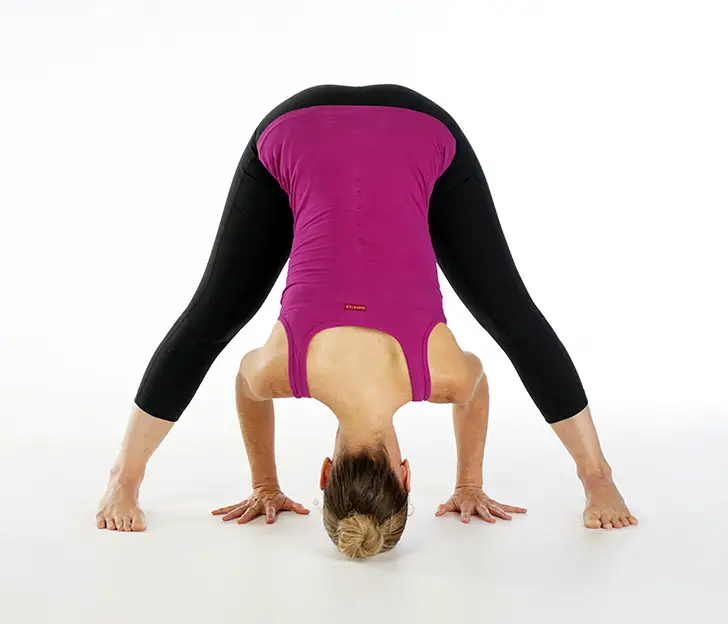
Prasarita Padottanasana here helps you adjust your perspective, and makes a great prep pose for Sirsasana A. As you stay in the forward fold, observe your surroundings. Notice how the world looks upside down. Focus on your breath.
When you are ready to release the pose, take your hands back onto your hips and roll the spine back upright.
5. Dolphin
Dolphin is the perfect preparatory pose for Sirsasana A. It also helps stabilize and strengthen your shoulders–after all, in any headstand, it’s your shoulders (and not your head) that bear the weight of the pose.
From your forearm plank, walk your feet in closer until your hips come up high like in downward dog. When your hips reach their highest point, actively push your shoulders and forearms down onto the mat.
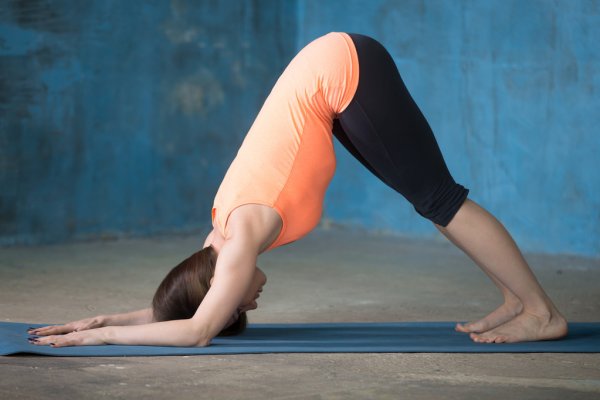
Keep gazing in between your ankles, maintaining the engagement in your upper body. Don’t forget to breathe.
To further prep for your headstand, try setting the crown of your head down then walking in your feet a bit more until you feel your hips stack over your shoulders. Bring one knee to the chest, hold it in, then set the foot down. Bring the opposite knee to the chest, hold it in, then set it down as well.

